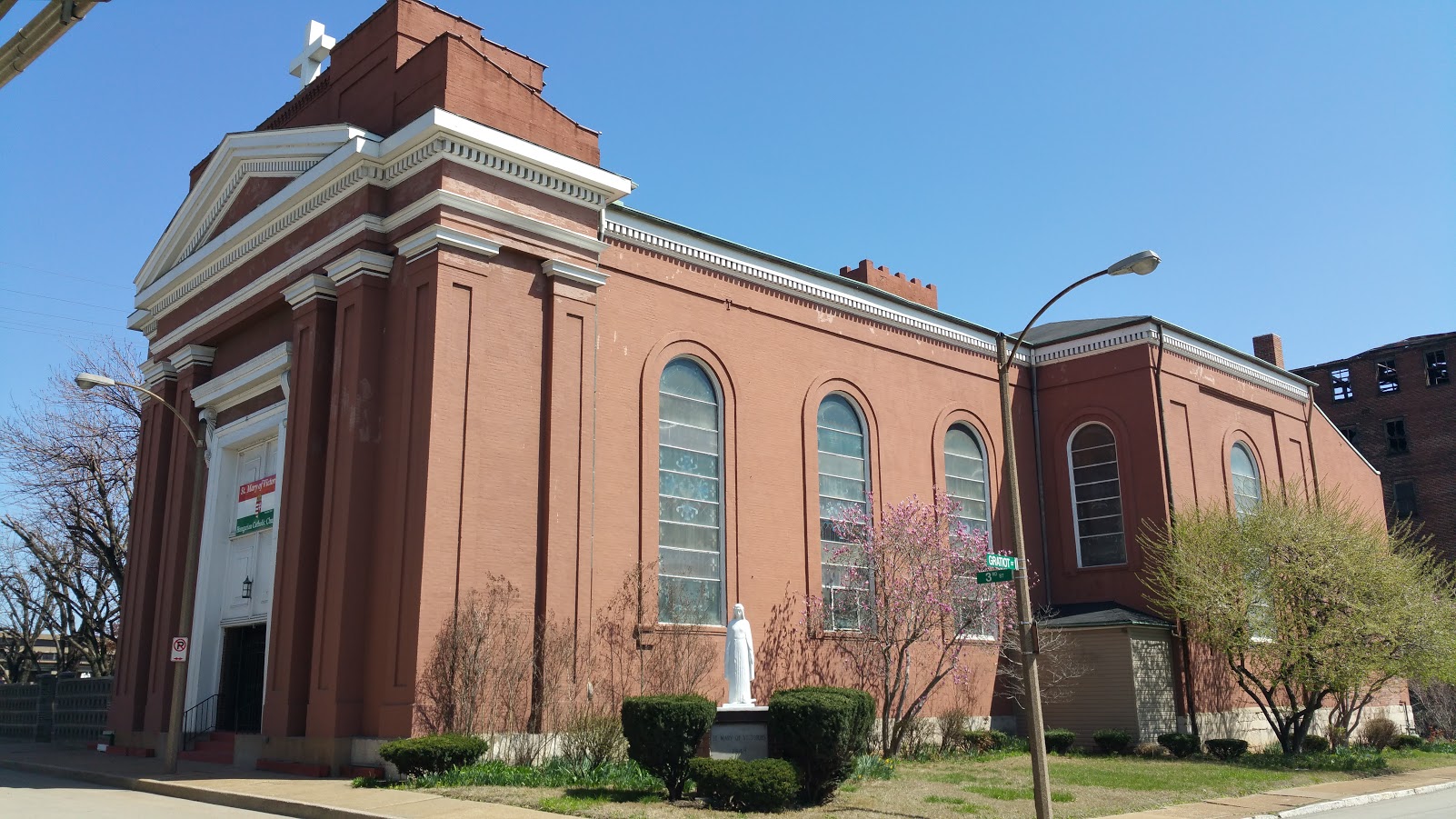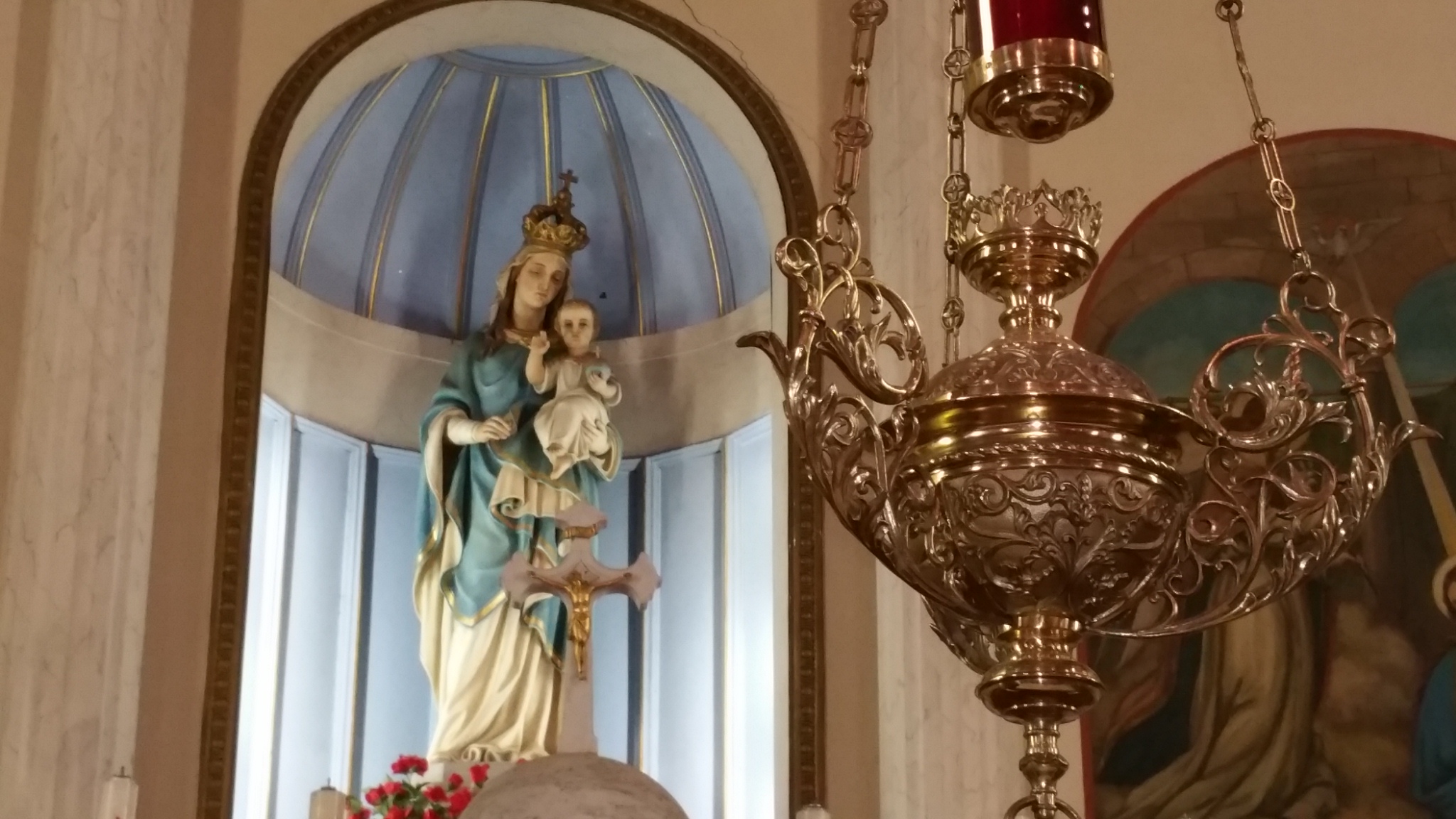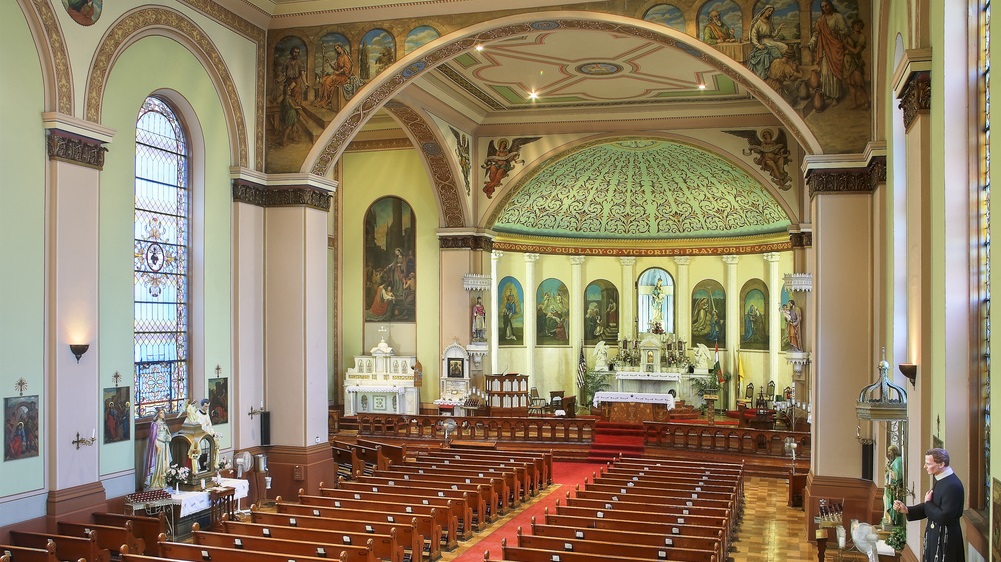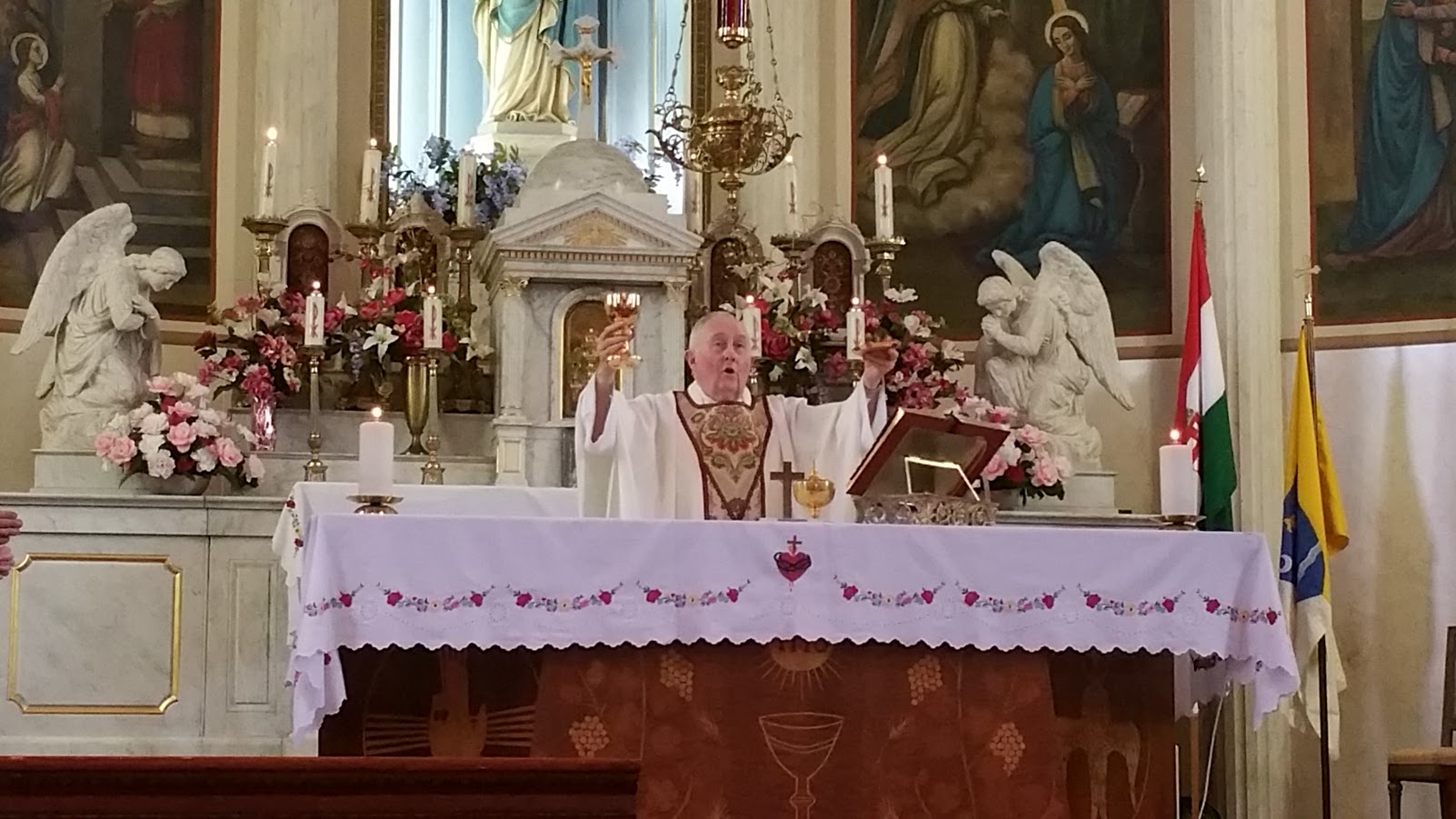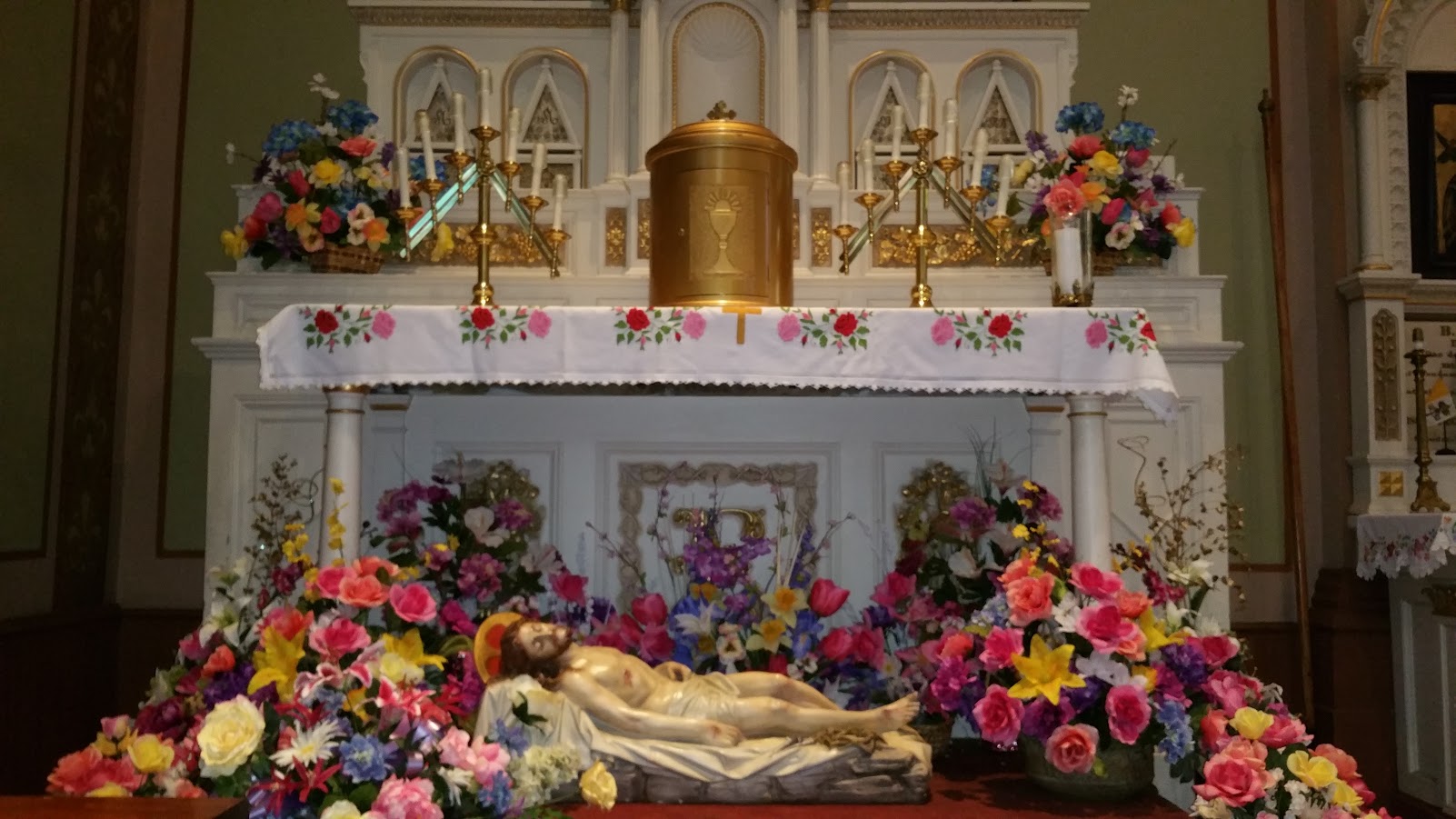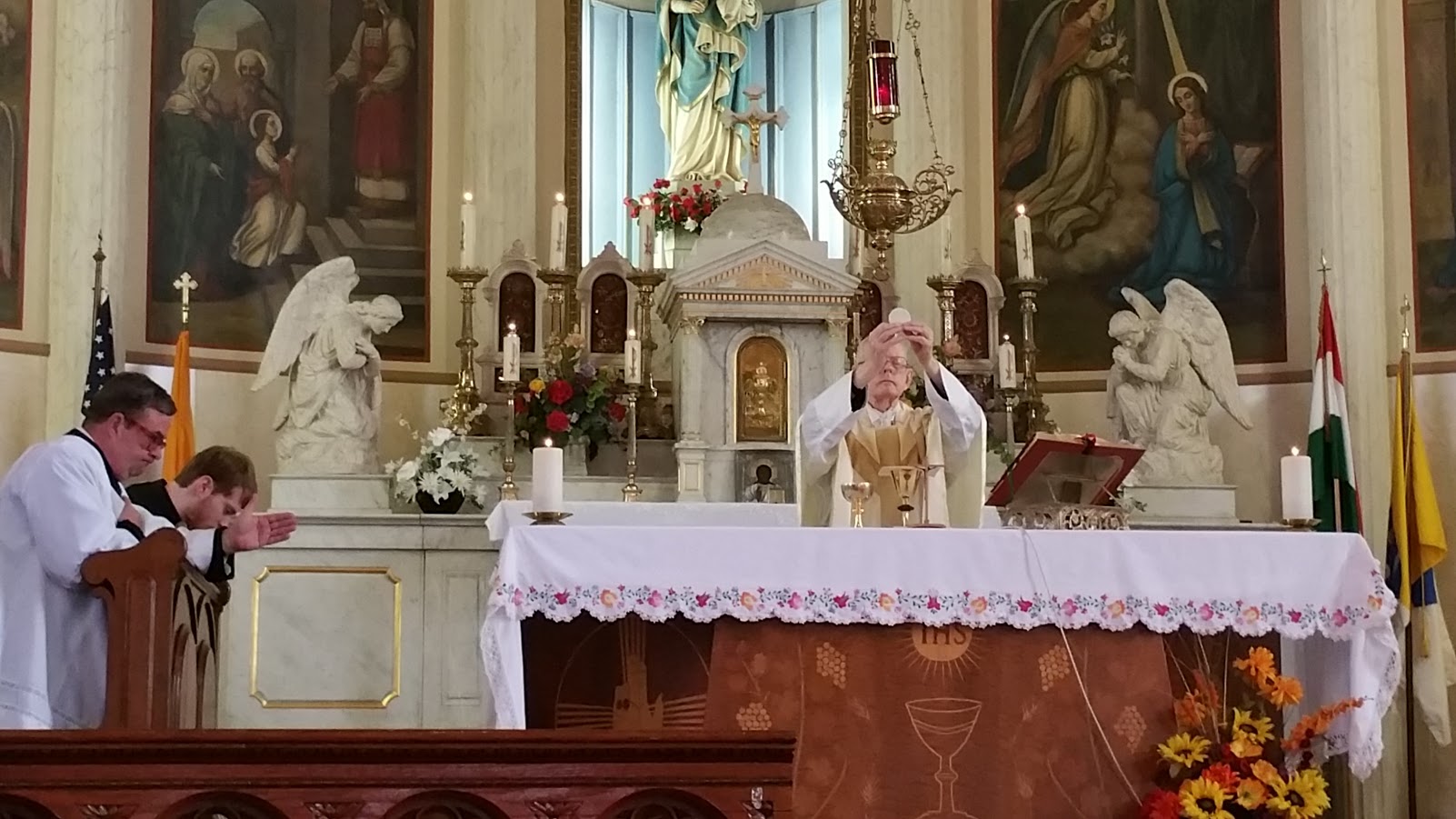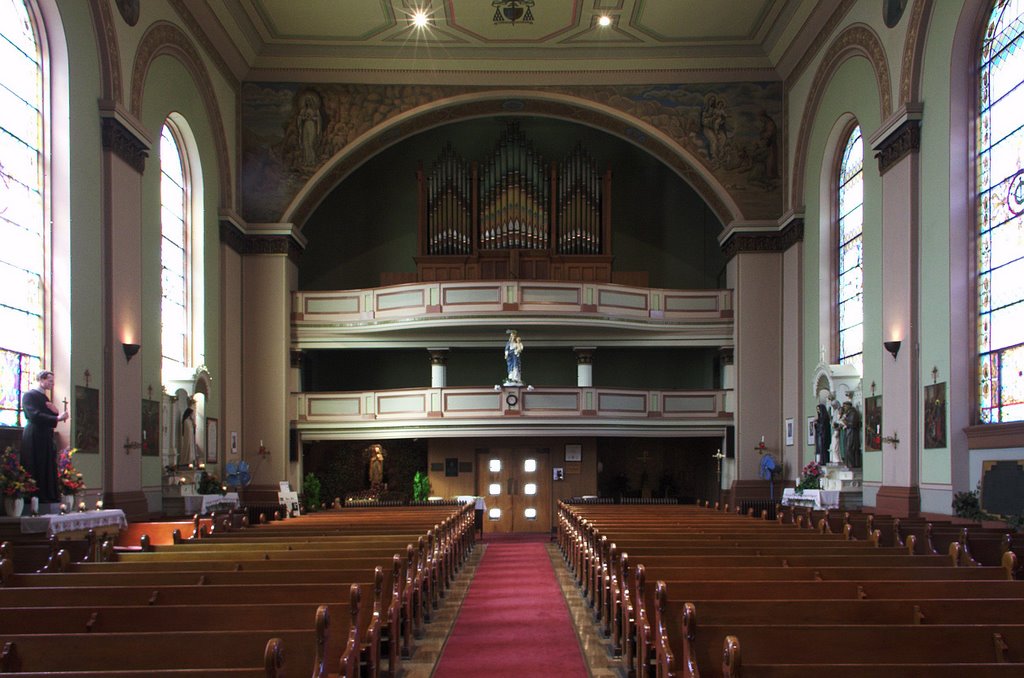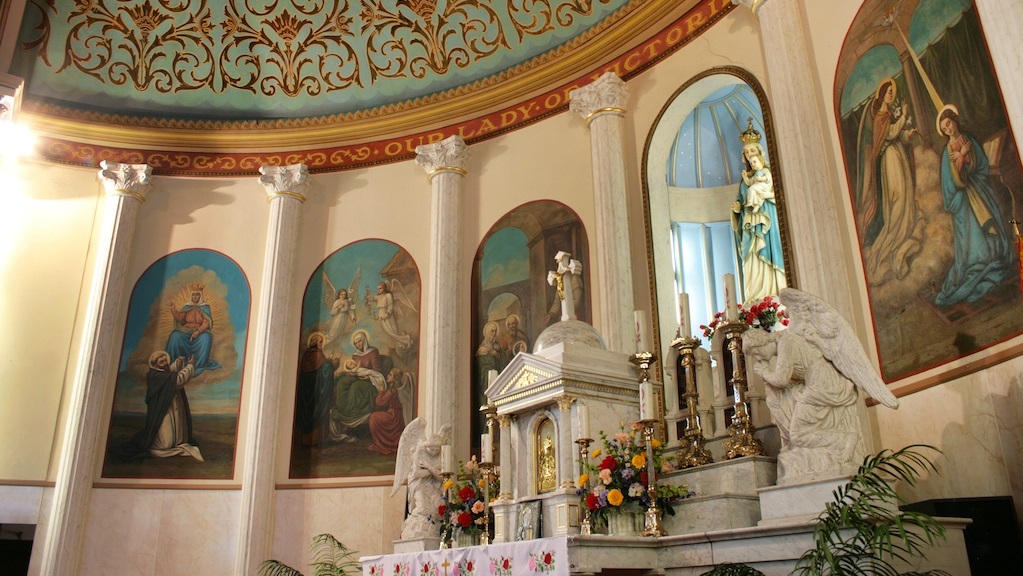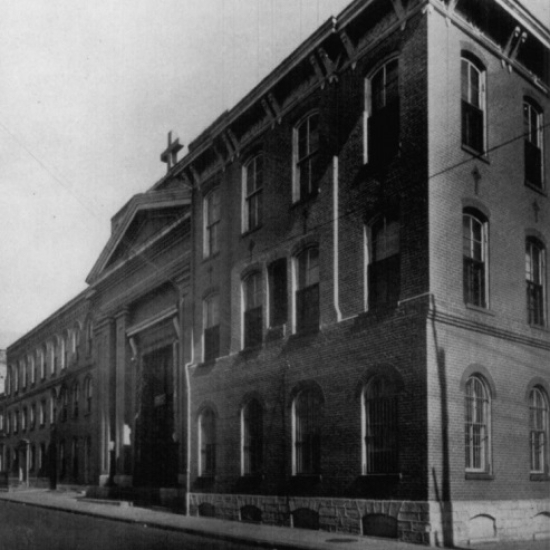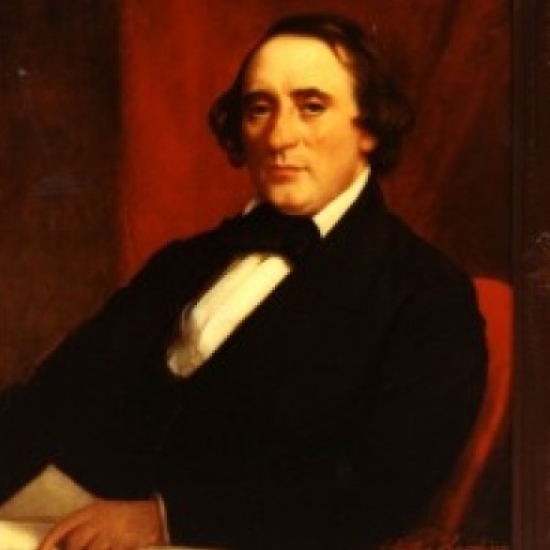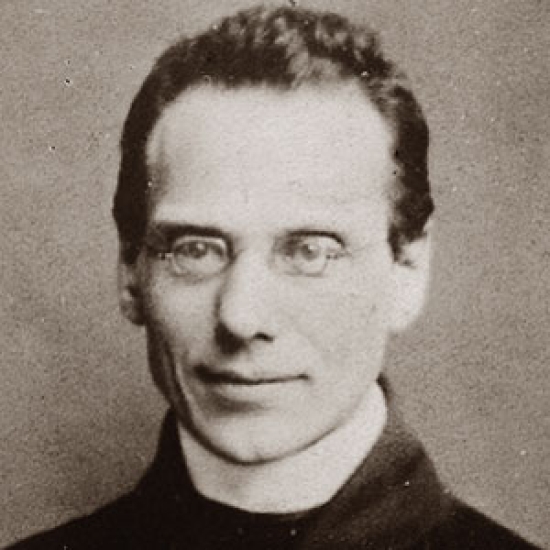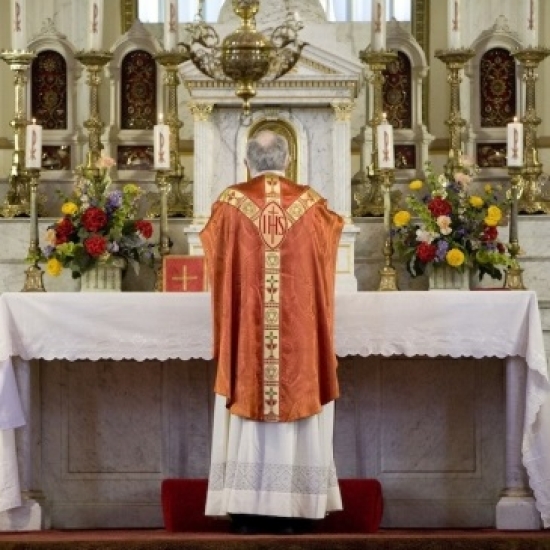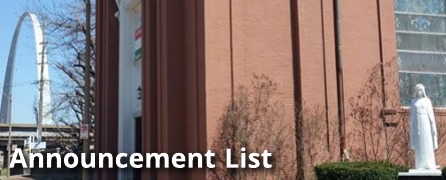26 March 2017, 4th Sunday of Lent (Year A)
Introit: Laetare
N.B. On this Sunday, the day of the second scrutiny of the candidates for baptism, the Rite of Sprinkling replaces the usual form of the Penitential Rite. While the celebrant sprinkles the congregation, all sing the antiphon, women of schola will sing the verse, then all repeat antiphon. The Collect of the Mass immediately follows the concluding prayer of the rite.
Antiphon: Asperges me, PBC, p. 22
Offertory: Thou loving maker of mankind, p. 350.
N.B. As is our custom, we will sing it to the tune Rockingham, p. 341, begin on D.
Communion (Year A): Lutum fecit,
Recessional: Lift high the cross, p. 244.
Ordinary from Mass XVII, PBC, p. 71. No Kyrie today. Credo I, PBC, p. 75
The Introit antiphon has three phrases:
- Laetare Jerusalem: et conventum facite omnes qui diligitis eam:
- gaudete cum laetitia, qui in tristitia fuistis:
- ut exsultetis, et satiemini ab uberibus consolationis vestrae.
This Sunday's Mass shows the first buds of the spring of Easter joy. Somewhat differently than the rather subdued Gaudete before Christmas, Laetare joy is fuller, reaching a climax at exsultetis. But even here the melody observes a restraint common to liturgical hymns. It contends itself with the range of a seventh. Laetare has b♭. for its highest note, and this will dominate diligitis. Jerusalem has as its highest note c, which is the supporting note for conventum facite. The clivis on the last syllable of Laetare is to be extended somewhat, but the conventum facite is almost like the ringing of bells, calling us to this joy.
In the second sentence, the final cadence of the solemn lesson tone, c g d f, is continued over cum laetitia. Between the similar forms over (tristi)-tia and (fu)-istis, which are characterized by the melancholic effect of the repeated b♭, there is placed on the first syllable of this word an energetic b. The third sentence returns to the solemn tone of the first sentence and amplifies it. The vivid exsultetis closes with the dominant, while a tristropha prepares for the brilliantly executed satiemini. The word closes with a kind of modulation in A minor (a b a), which renders the second part of the sentence with its recurring b♭ all the more effective. The broad intervals, fourths and fifths, also indicate the fullness of consolation; but this is achieved most effectively by the rich final cadence which rhymes with the first sentence. The final syllable of uberibus is rendered softly. The execution should bring out the sweetness of divine consolation. The exultant mode V breaks forth in the psalm verse, Laetatus sum, quickening the pace at the repeat of the antiphon.
(Year A) The Communion antiphon has two phrases:
- Lutum fecit ex sputo Dominus et linivit oculos meos:
- et abii et lavi et vidi et credidi Deo.
In the Ordinary Form, we sing this antiphon on the 4th Sunday of Lent in Year A and in other years if the Gospel of the Prodigal Son is read. The antiphon is the ‘take-away’ line from this Gospel: I went, I washed, I saw, and I believed. A clear reference to baptism. Like Opportet te in year C, the few Communion antiphons that have a gospel text rather than a psalm have been the subject of much scholarly scrutiny. They appear in a large number of manuscripts, and appear to have entered the repertory earlier rather than later. Given the simplicity of the melodies, they were perhaps Office antiphons—perhaps for the Magnificat, though one manuscript assigns this antiphon to Sext—that were taken into the Mass formulary to reflect the day’s pericope.
